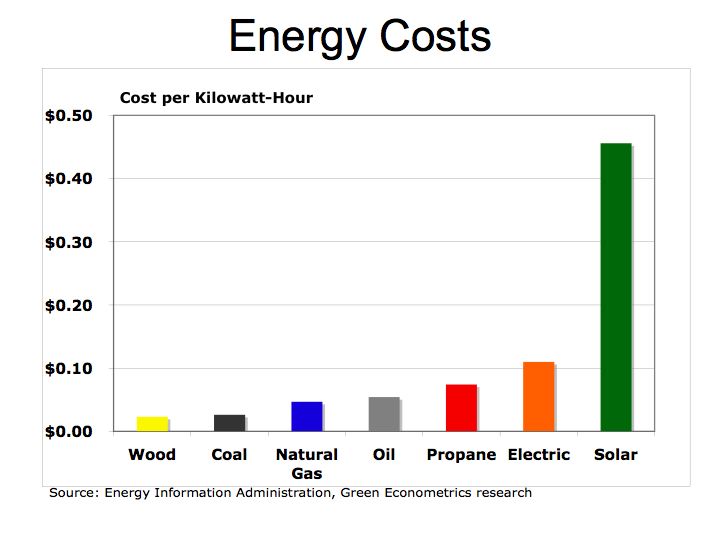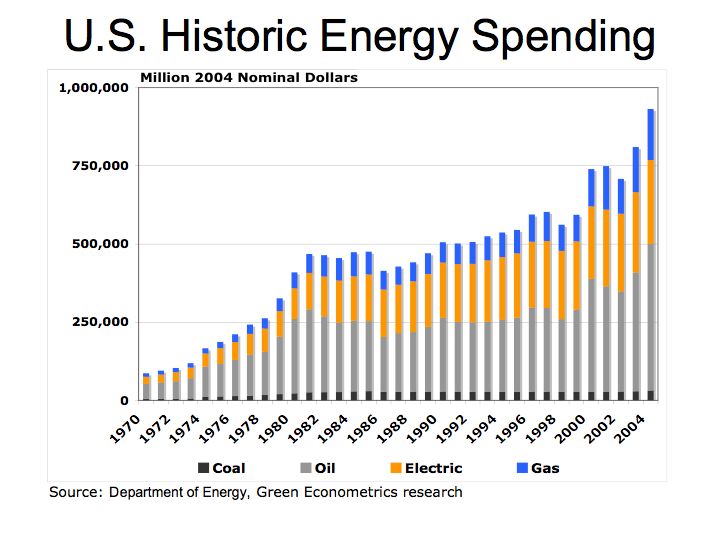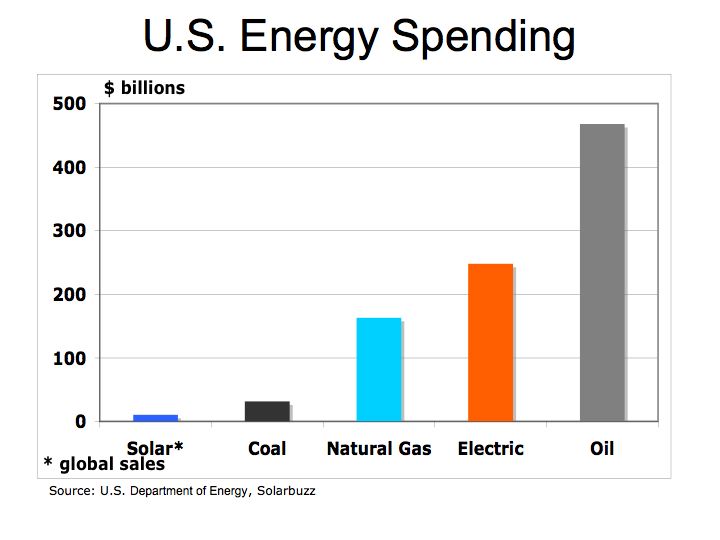Solar Energy – Closer to Grid Parity?
Last month First Solar (FSLR) achieved a milestone in the solar industry with its announcement of $1 per Watt reducing its production cost for solar modules to 98 cents per watt, thereby braking the $1 per watt price barrier.. While the achievement is great news for the solar industry some studies suggest more work is needed. An article in Popular Mechanics $1 per Watt talks of university studies questioning the scalability of solar given the immense global needs for energy. Last year our post included an article Solar Energy Limits – Possible Constraints in Tellurium Production? discussing possible limits on tellurium production on thin film solar photovoltaic (PV) suppliers.
In addition, Barron’s published an article (March 30, 2009)_ Nightfall Comes to Solar Land providing unique insight into the economics of solar PV suppliers. High oil prices and soaring stock prices on solar PV companies fueled silicon suppliers to ramp production capacity that has now transitioned, according to the Barron’s article, into an over supply of polysilicon used in the production of PV panels and subsequently, eroding the cost advantage established by thin film PV companies such as First Solar and Energy Conversion Devices (ENER) over polysilicon PV firms such as SunPower (SPWRA).
However, the PV panels typically represent approximately half the cost of a solar energy system. The following figure, Solar Installation Costs compares the total cost of installing a solar energy system which includes labor and supporting matertials.
Figure 1 Solar Installation Costs 
As illustrated in Figure 1, the panels represent a significant cost of installation, but the labor and support brackets for the PV panels are significant as well. While thin film PV enjoys significantly lower panel costs and is easier to install, the supporting brackets are sometimes more expensive. As prices for silicon fall, the cost disparity between thin film and silicon PV will narrow.
Figure 2 Solar Energy Economics 
In Figure 2 Green Econometrics is comparing PV efficiency as measured by watts per square meter versus cost per watt. The selected companies represent a small portion of the global PV suppliers, but do illustrate the position of the leading US suppliers. The ideal model is to lower cost per watt while improving PV efficiency. But be cognizant that PV module cost per watt may not be indicative of the total system costs.
A comparison of wind and solar energy costs is demonstrated by Detronics and offers a useful framework to compare wind and solar costs by kilowatt-hour (KWH). As a caveat, wind and solar resources will vary dramatically by location. In the Detronics example, the costs per KWH represent the production over one year and both wind and solar have 20-year life spans. Over twenty years the 1,000-watt wind systems cost per KWH of $7.35 would average approximately $0.36 per KWH and the 750-watt solar systems cost of $10.68 would amount about $0.53 per KWH over the investment period.
Figure 3 Alternative Energy Pricing
The Alternative Energy Pricing chart was base on research from Solarbuzz which is one of the leading research firms in solar energy. The cost per KWH that Solarbuzz provides is a global average. Even with cost per watt falling below $1.00, the system costs after installation are closer to $5.00 according to Abound Solar (formerly known as AVA Solar) and is still higher than parity with grid with a cost of $0.21 per KWH.
The bottom line is that despite the lower PV panel costs; we are still not at parity with hydrocarbon fuels such as coal and oil. Carbon based taxing or alternative energy stimulus and more investment into alternative energy is required to improve the economics of solar and wind.
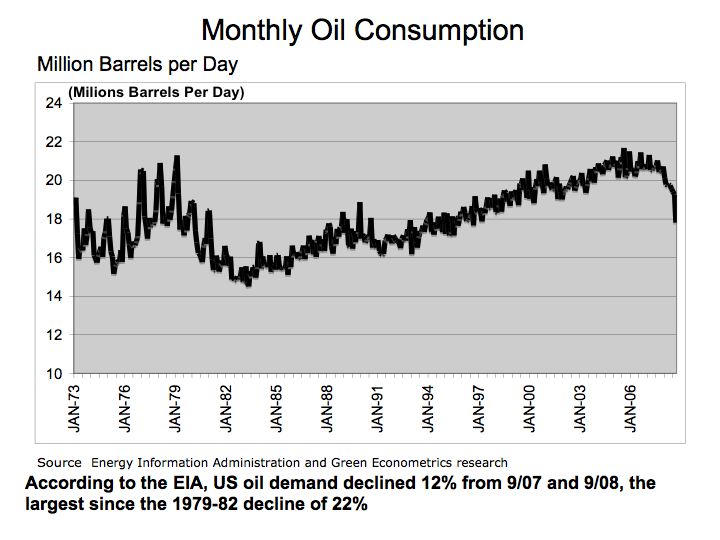





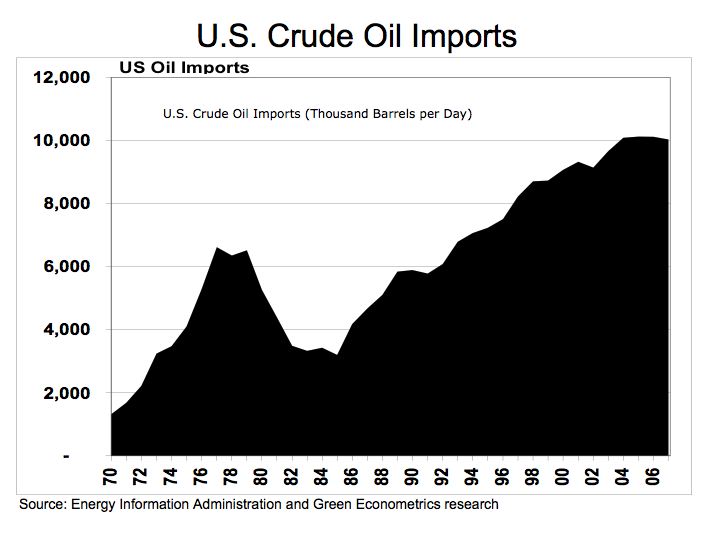


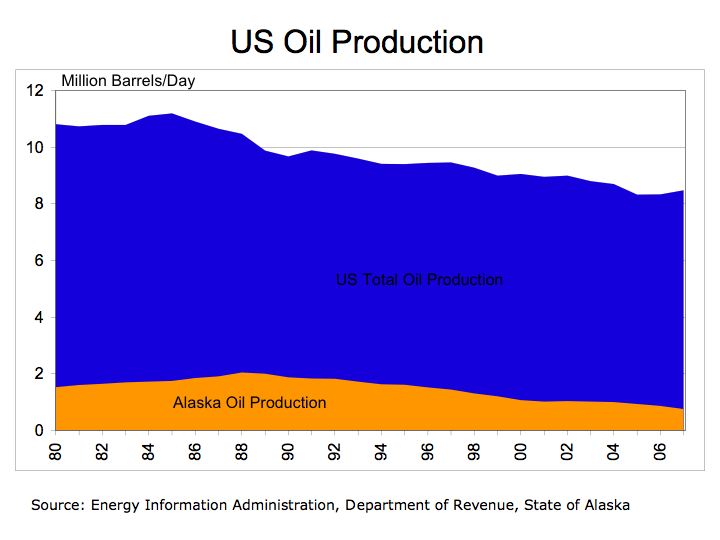
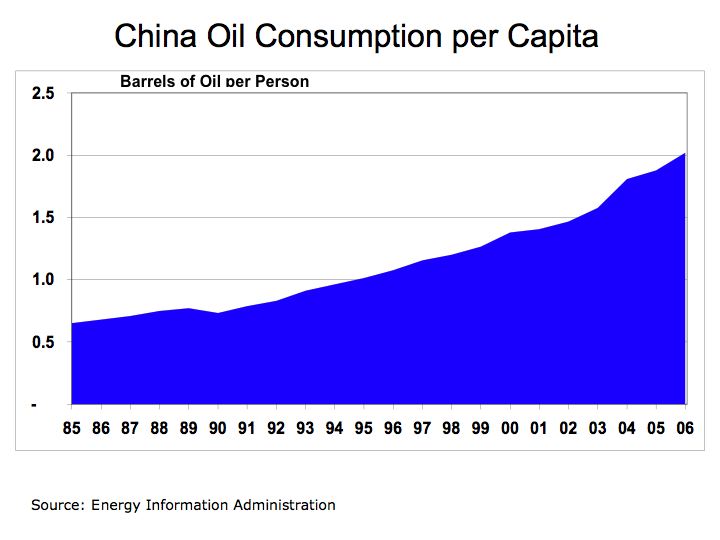


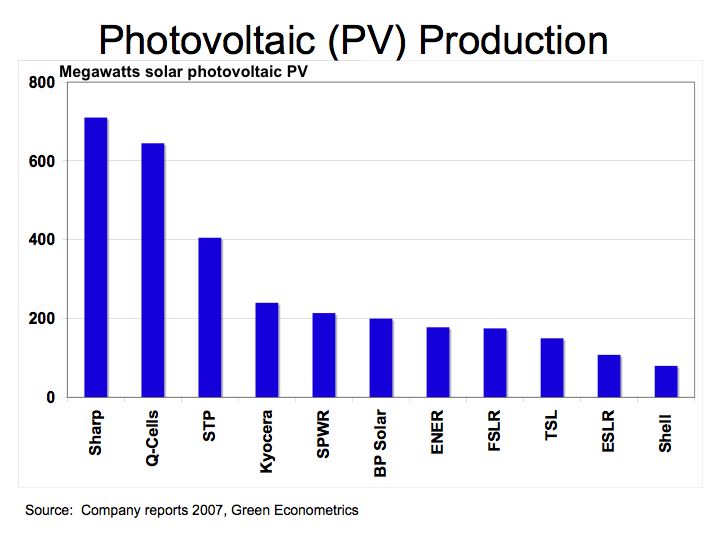
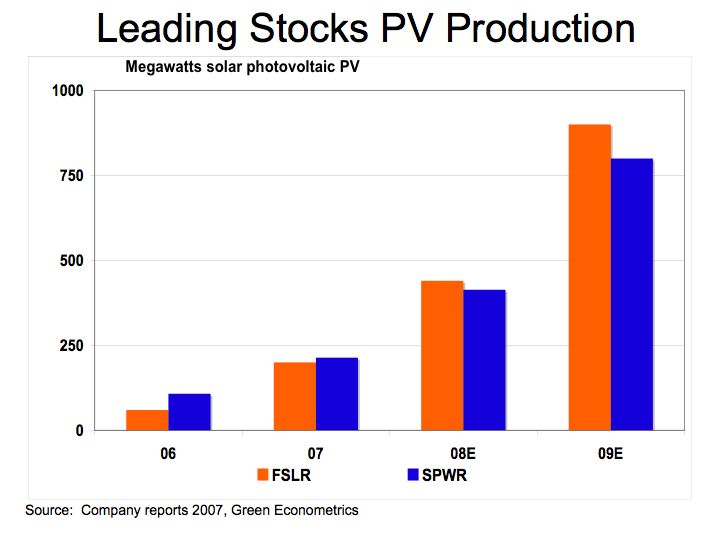
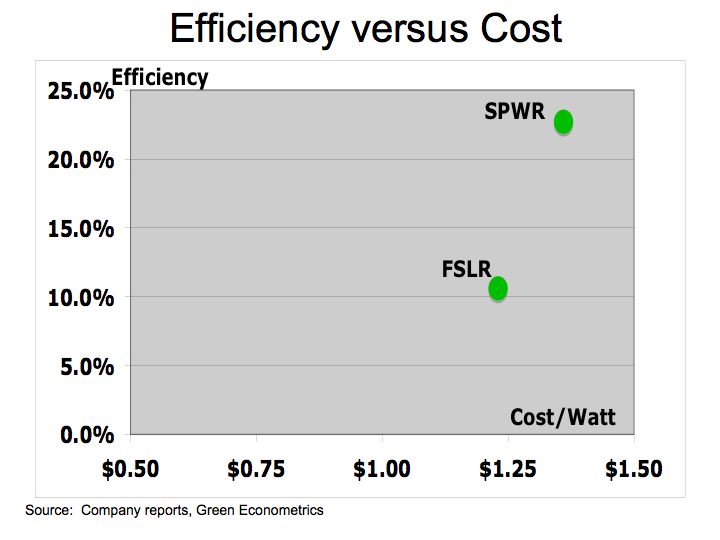
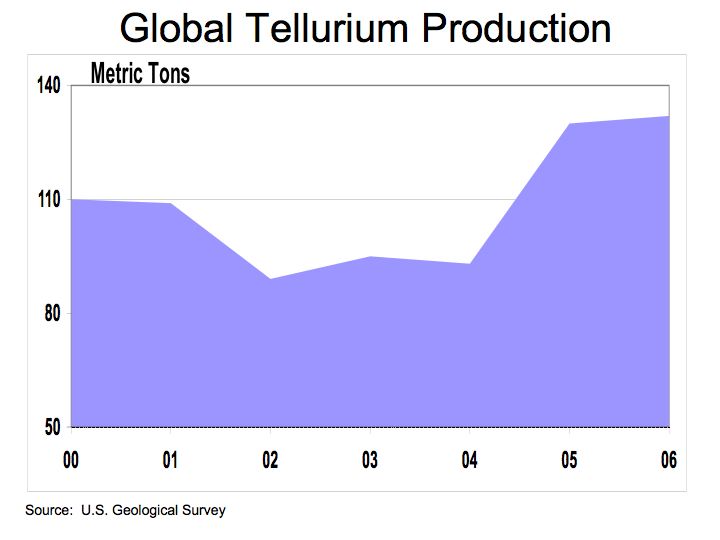
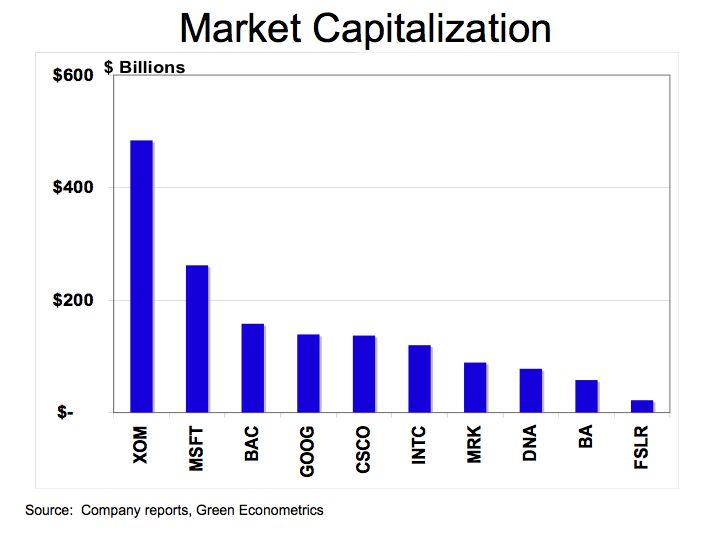
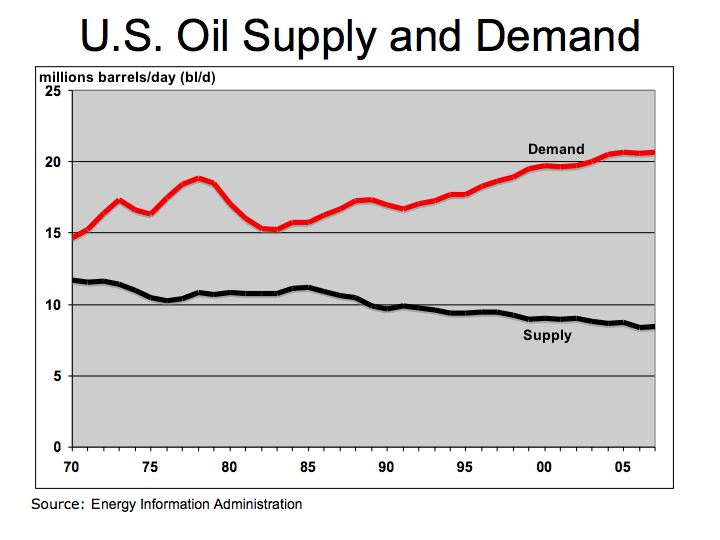




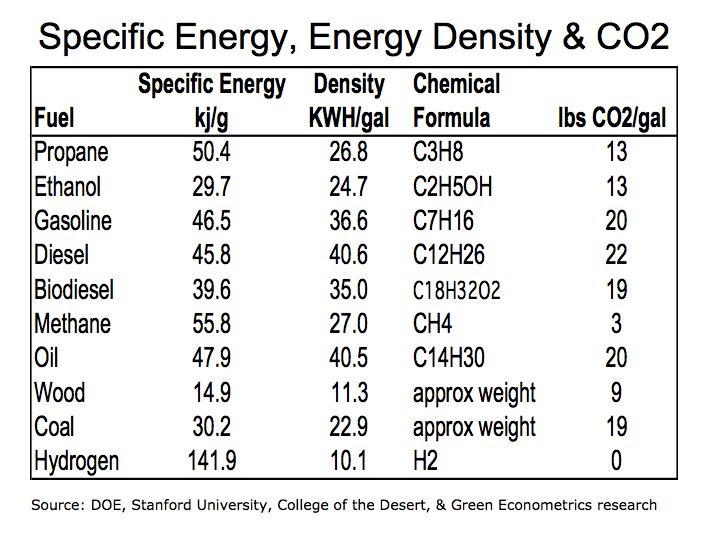
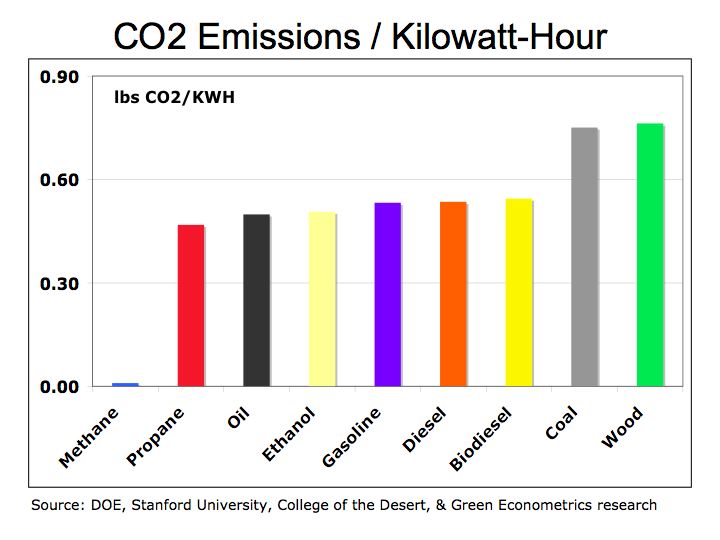
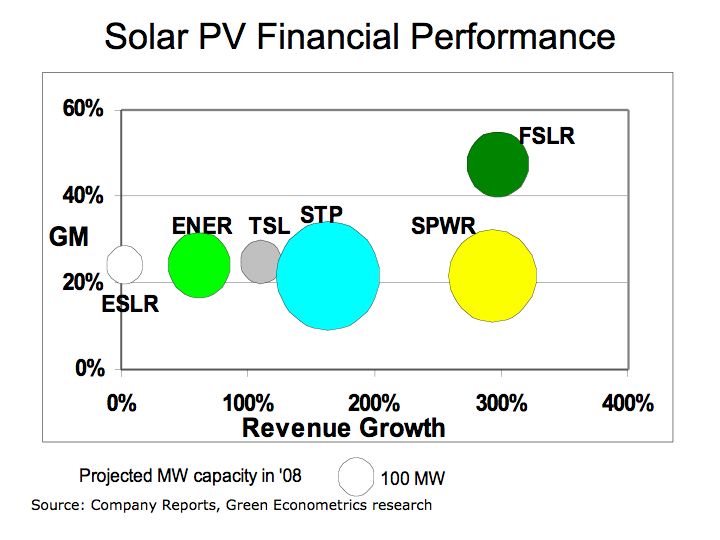
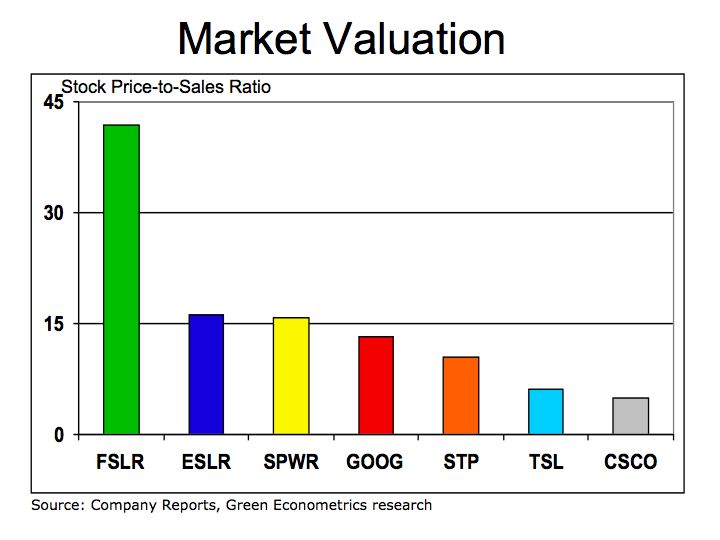
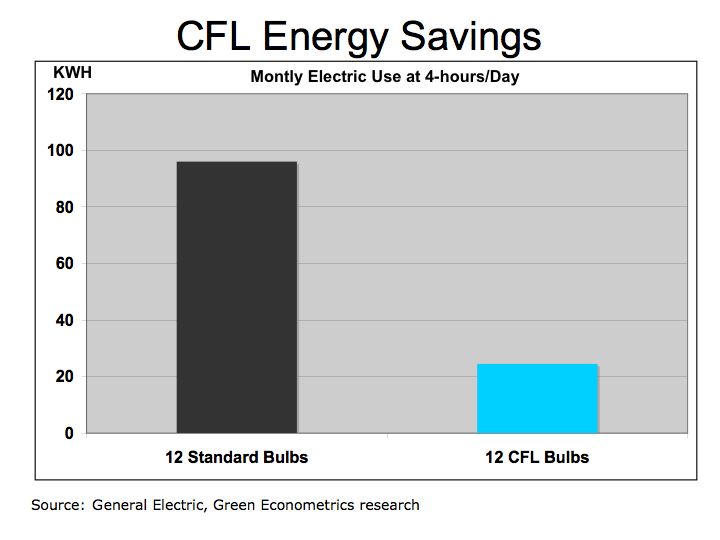

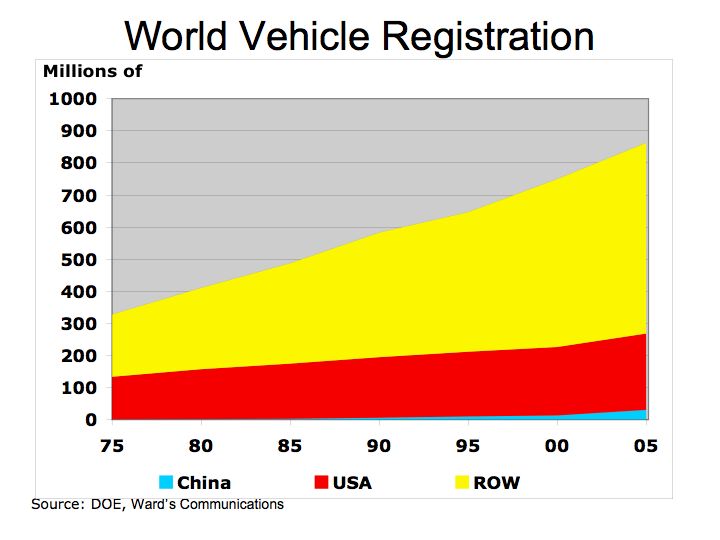
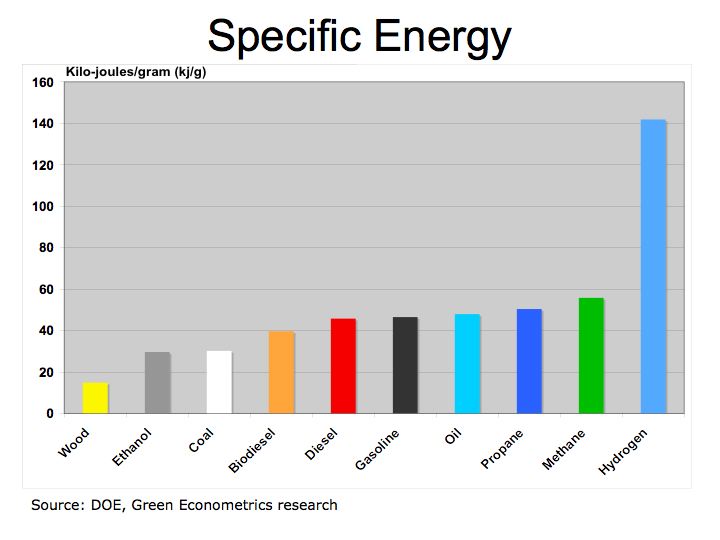



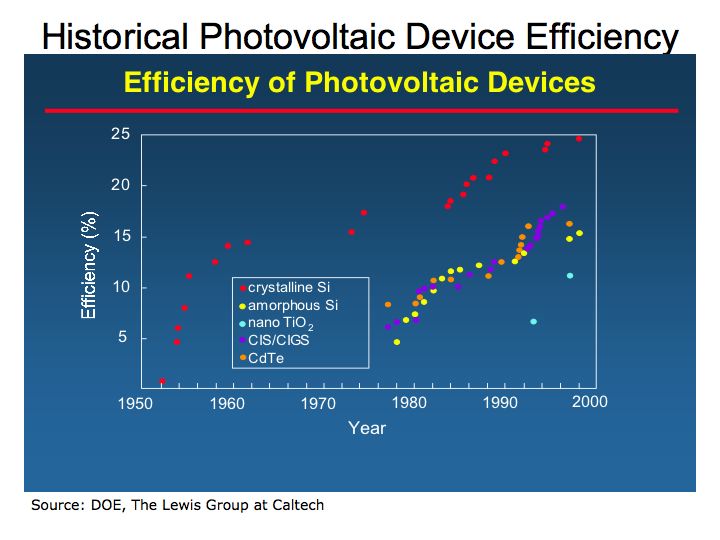
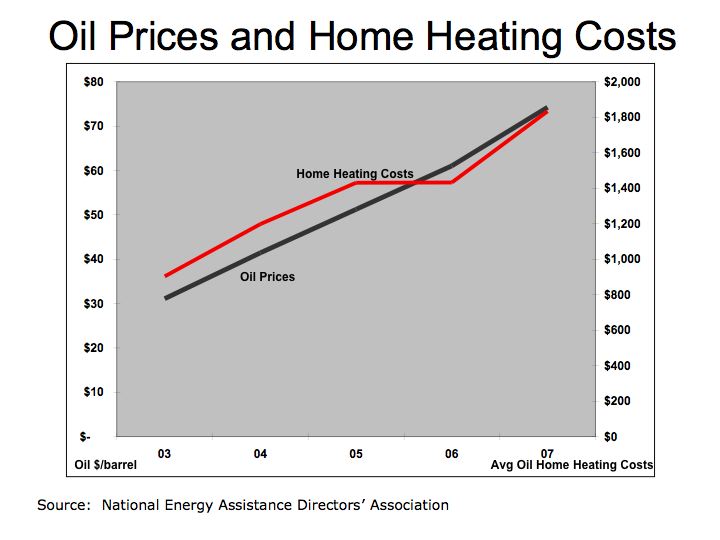

 Figure 1 illustrates how fuels compare according to their specific energy. As we can see, hydrogen, because it’s extremely light, has the highest specific energy in comparison to hydrocarbon fuels.
Figure 1 illustrates how fuels compare according to their specific energy. As we can see, hydrogen, because it’s extremely light, has the highest specific energy in comparison to hydrocarbon fuels. 
